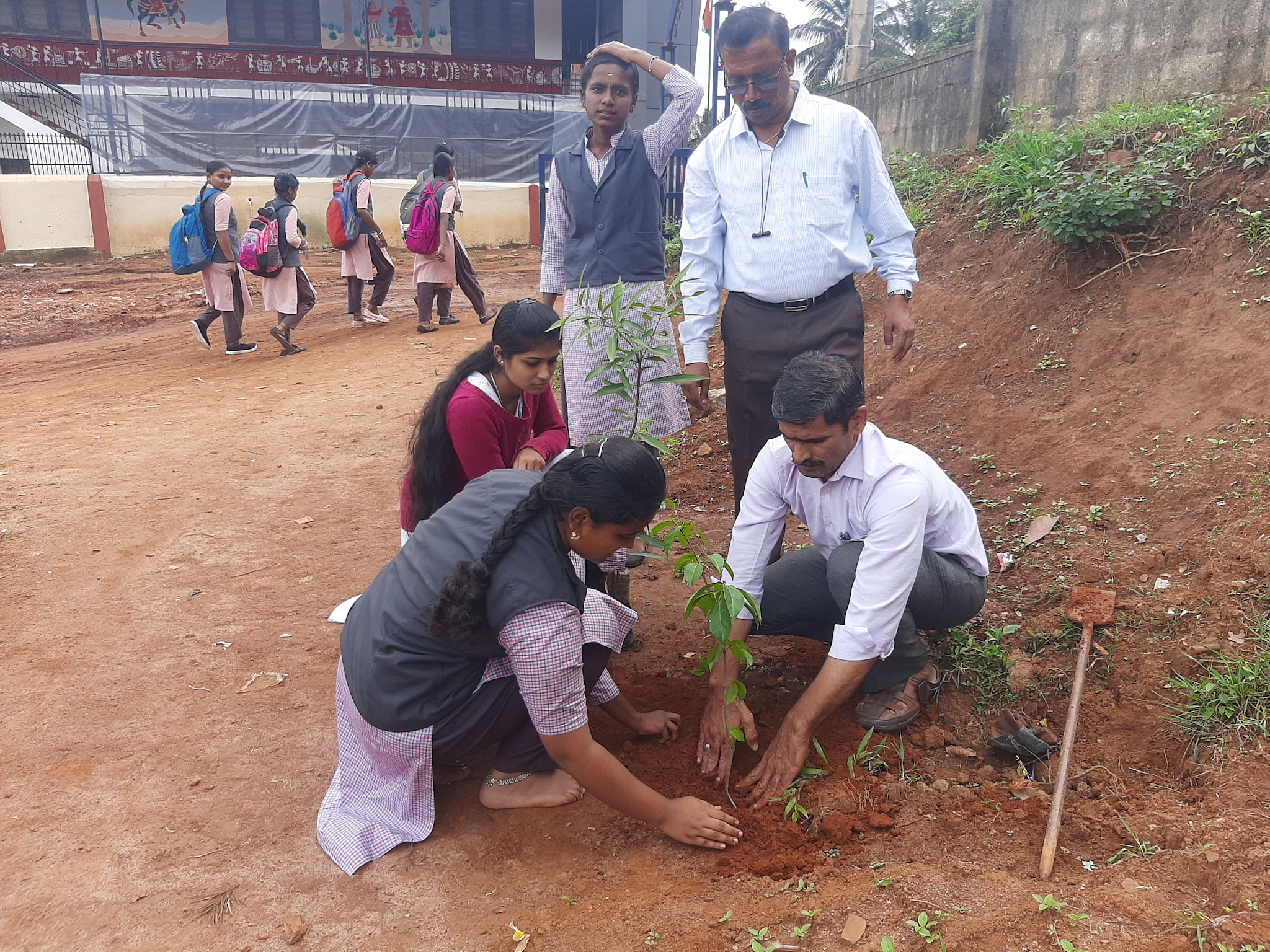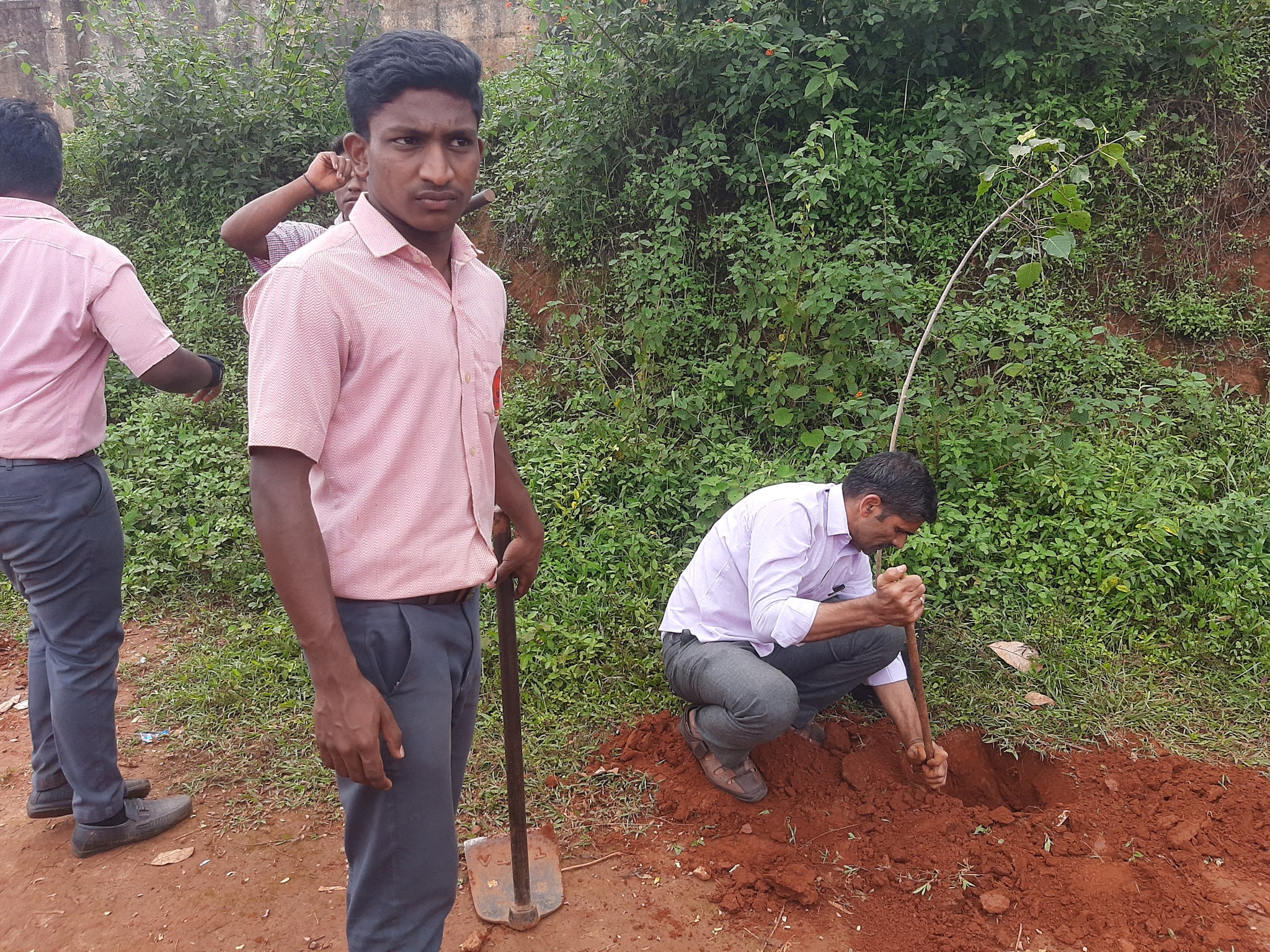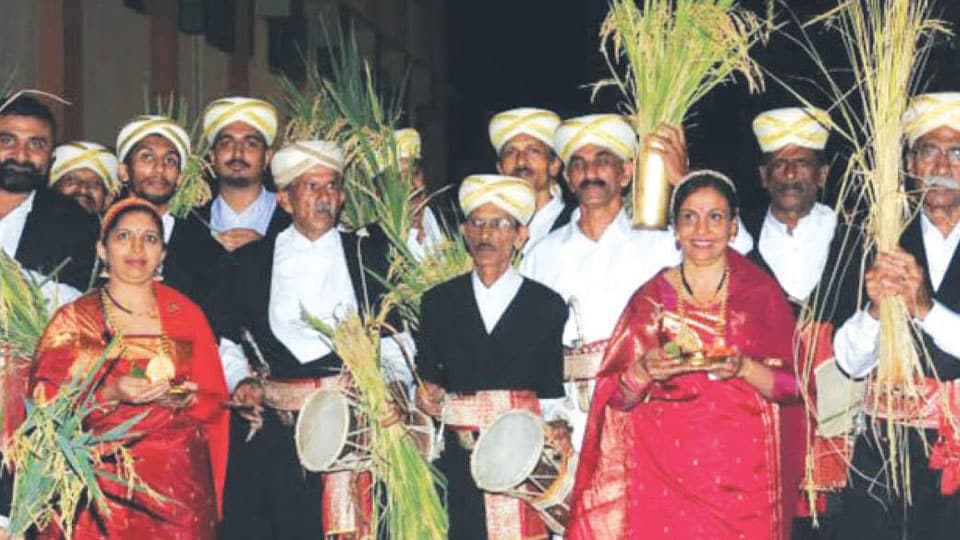Mysore Narasimachar Srinivas was born in 1916 in Mysore. He belonged to a Brahmin Family and studied various areas like caste, society, religion and so on. He brought up various ideas related to sociology.
He published a book called ‘Religion and Society among the Coorgs of South India’. It put forward a new approach to study Hinduism. Srinivas took two aspects to distinct various sociological aspects. These distinctions are – field view and book view. He advocated field view which helps in observing and examining things more clearly.
According to him, we cannot isolate religious beliefs completely from our life. Religious factors always correlate with social norms and values. No religion is autonomous or eternal. He provides an approach for those who do not regard religion as pure and society as corrupt. They have blind faith in intangible things which are not practically accepted. For him, Hinduism is not solitary and inseparable. According to regional transformation, it goes on changing. This field view of his ideology gives a perfect picture of how religious practices and norms are making everybody more engaged with societal norms especially in the case of Coorgs.
His second distinction, i.e., the book view of Hinduism has many impediments. This view was accepted by almost every believer. This was based on our historical texts. But those texts are away from the real picture of religion and give false understanding. Those texts were based on idealism but in reality away from realism. Whereas the field view takes us closer to the actual practices prevalent in reality, like caste and joint family.
Study of local Coorgs
The book concentrates on the rituals and cultural structures among Coorgs. Kodagu also is known as Coorgs is a rural district situated in Karnataka. They are known as descendents of Arabs or Greeks and famous for coffee production. They worship nature and do not have any deity like Brahmins. They live in mountainous regions with specific language and customs. M.N. Srinivas focused on festivals and customs that are performed by coorgs. He personally spent a lot of time among a Coorg joint family and provides an empirical view of coorgs and Indian society He argues that puranas are responsible for complete Sanskritization of culture and he gives the example of Coorgs. In this, he illustrates that educated Coorgs want to identify the village gods with Shiva and they also explain why gods start liking liquor and meat due to losing their caste when they were crossing Malabar. He states that how they want to preserve social structure using local customs.
His sociological perspective of religion is based on religion skepticism rather than faith. Even after the efforts of Srinivas more than 50 years ago, the religious sociology as a discipline has not been established in India as it has been in the West. His sociology of religion is based on examining the norms, practices and faith structure according to societal needs. The critical analysis of religion through his lens is based on kinship, economics and politics factors. After independence when he established his theories on Coorgs, it hardly received any opposition. But there is also one more reality that his empirical study about Hinduism is not used further by many sociologists in India. It is very irrational for many philosophers to judge the values of any religion objectively. But for the betterment of society, implementation of every reform based on meaningful assessment is necessary.
Undoubtedly, Hinduism is an ancient philosophy prevailing for thousands of years. Thinkers like Srinivas do not condemn its theological aspects. His appraisal was totally based on practical and logical standards. He wants it to be a religion of tolerance but not a religion of hierarchy. Certain practices like untouchability, caste system, women oppressions, etc. must be denounced for the growth and advancement of society. Using religion as an excuse to continue such practices deserve criticism.
Reference:
source: http://www.sociologygroup.com / Sociology Group / by Kiran









